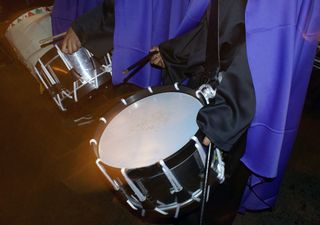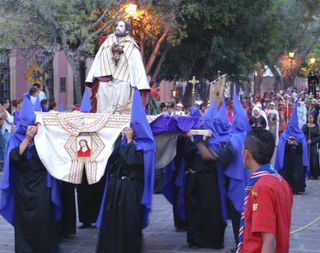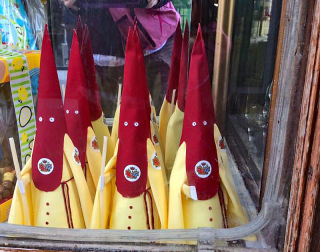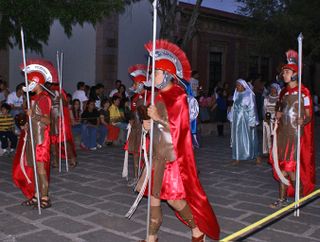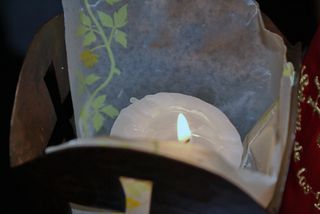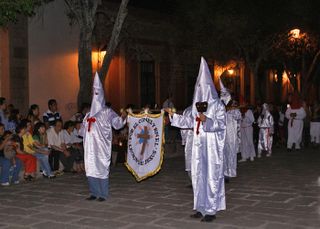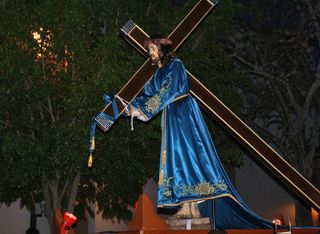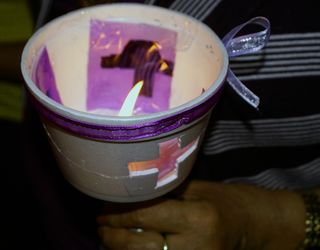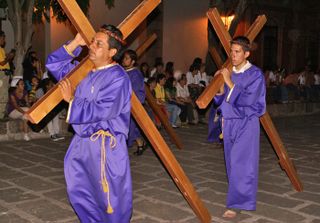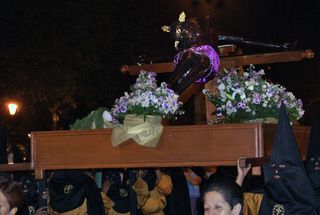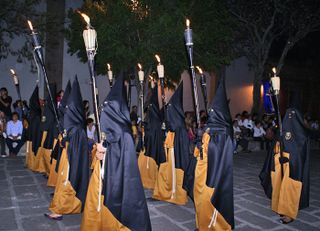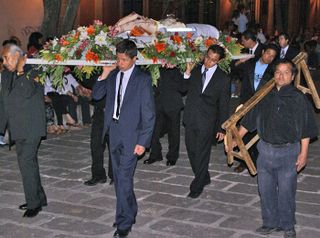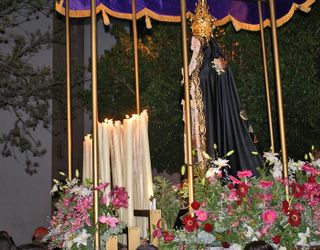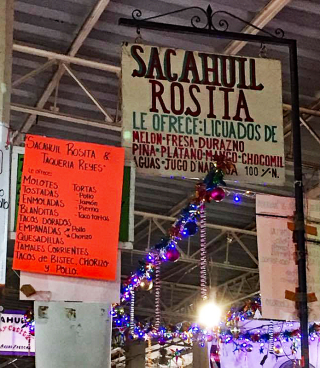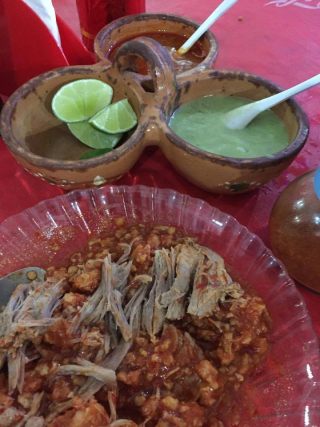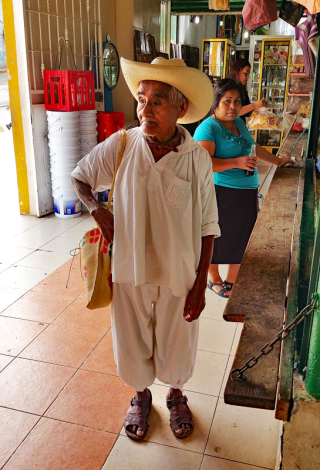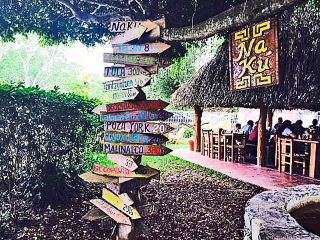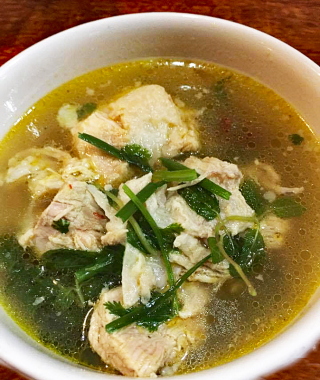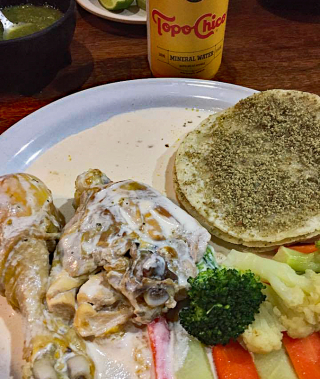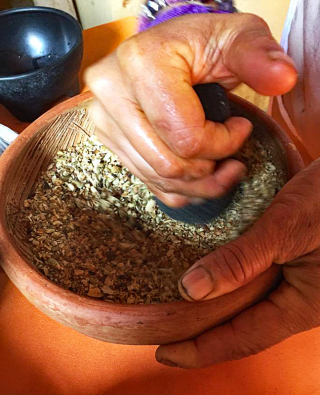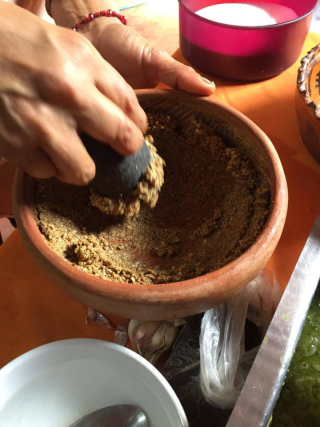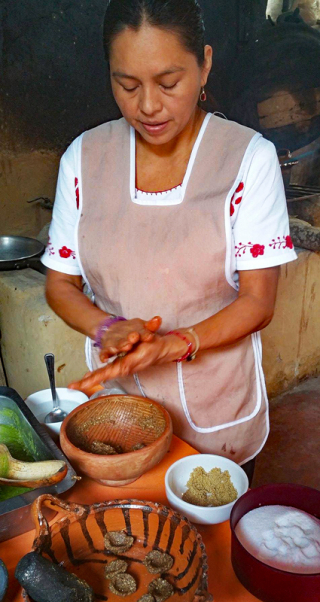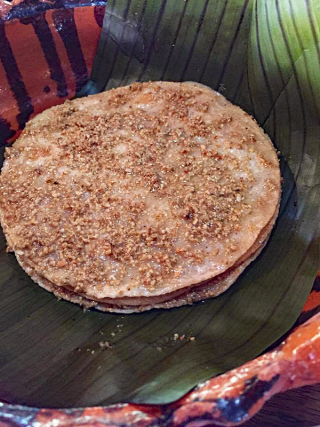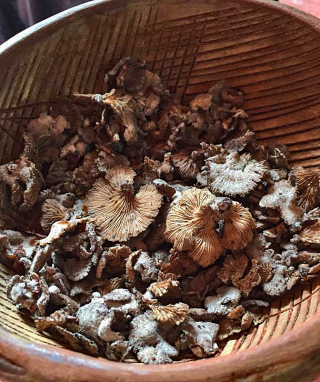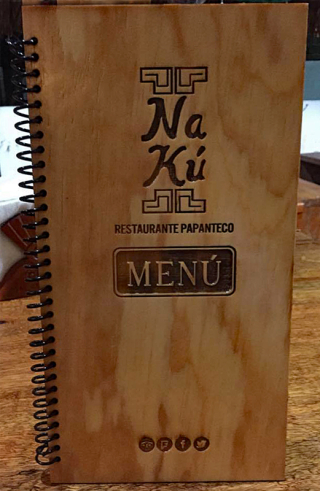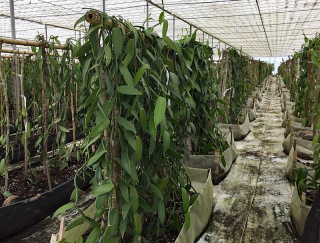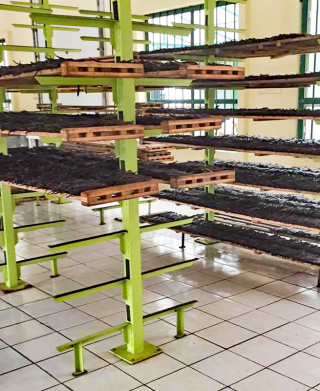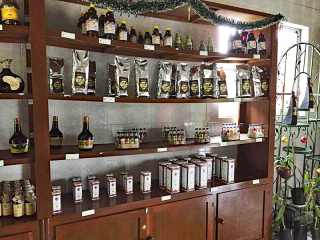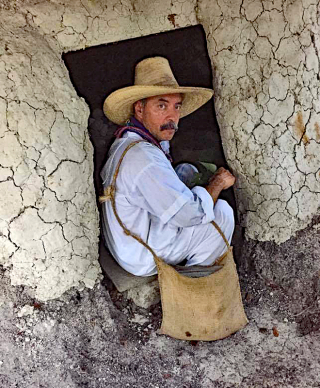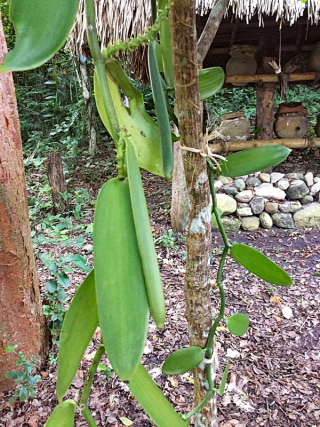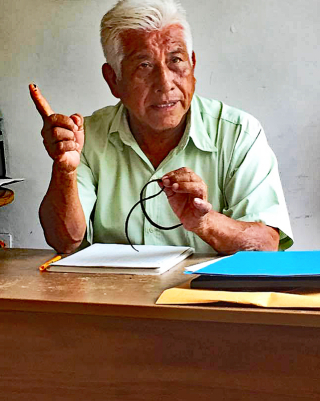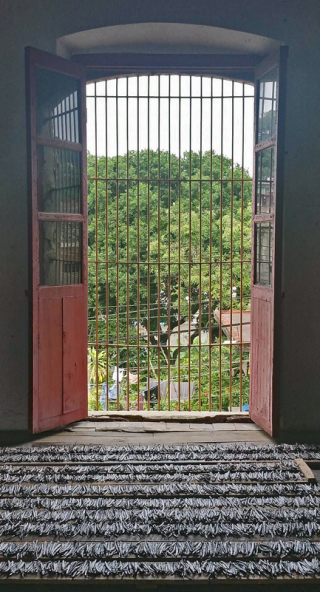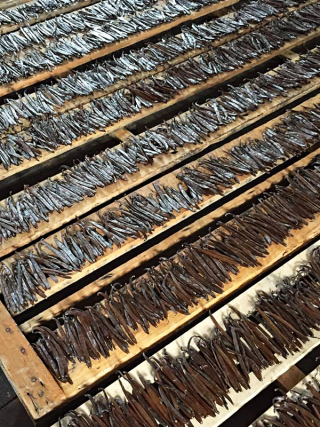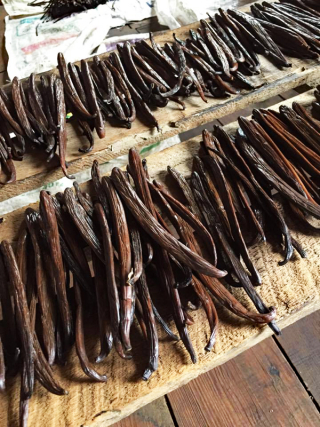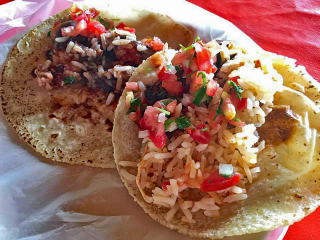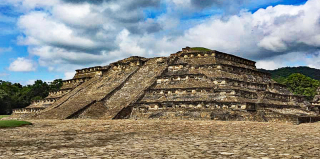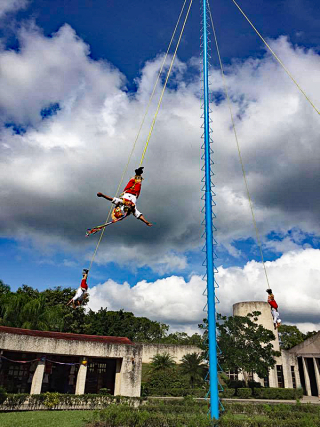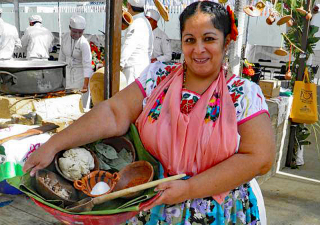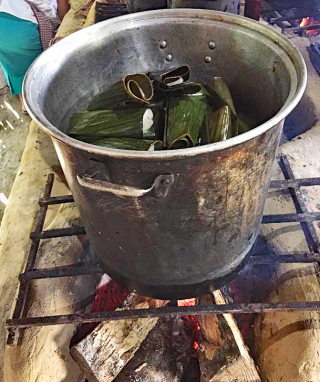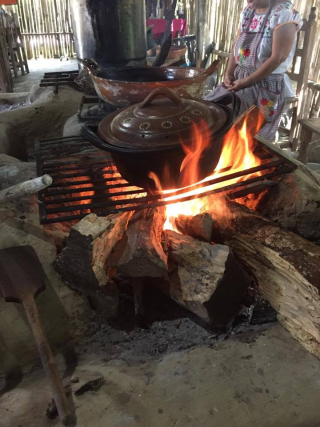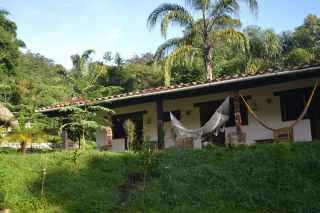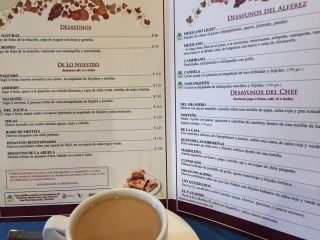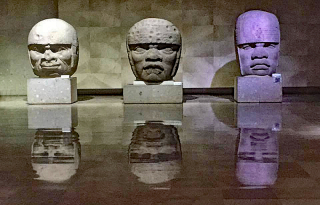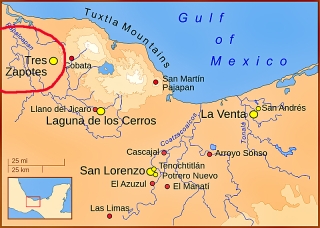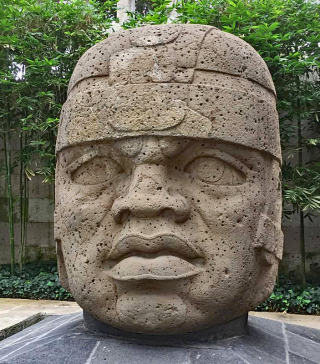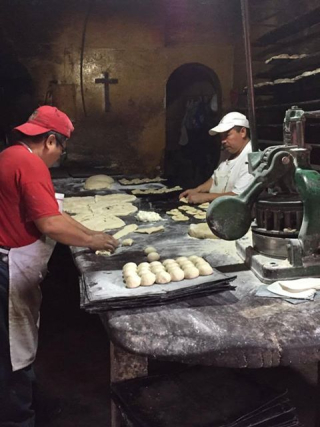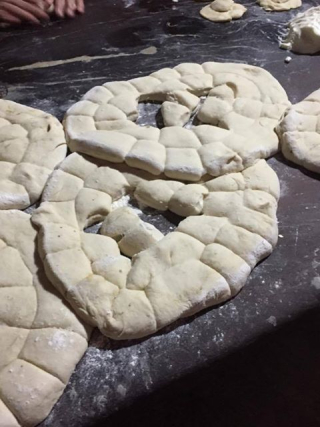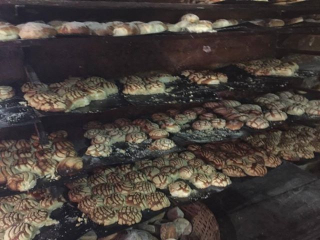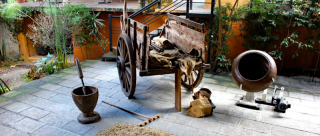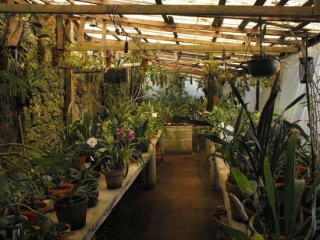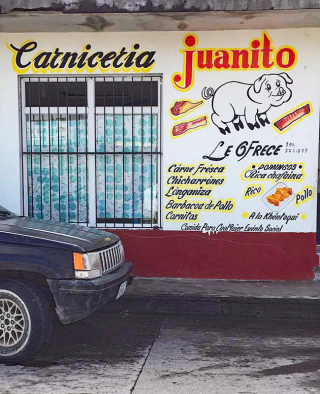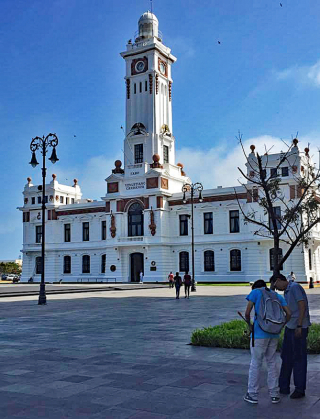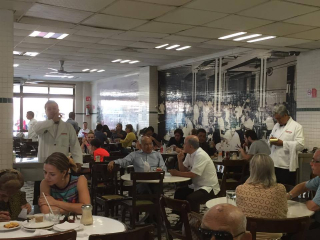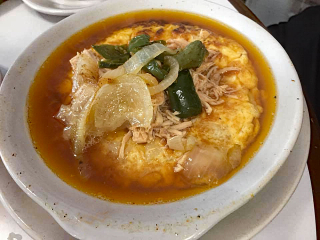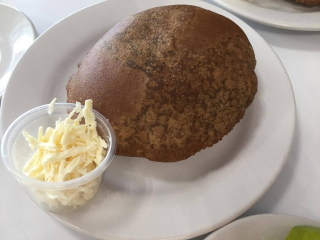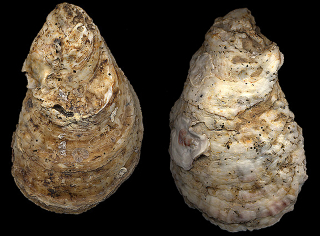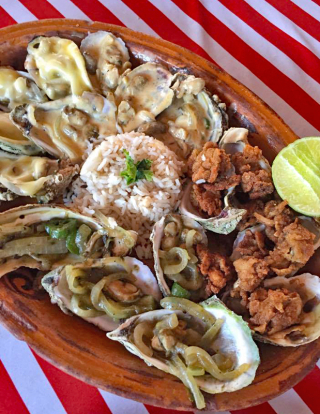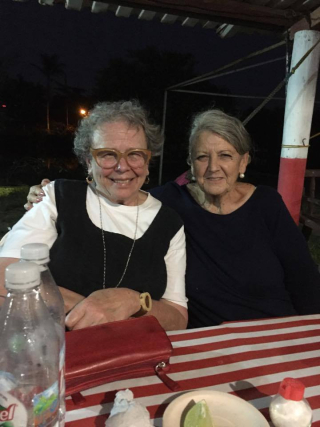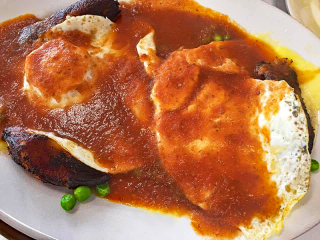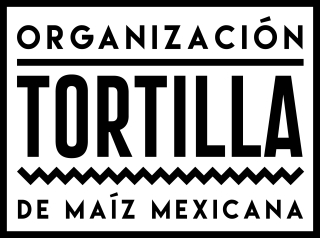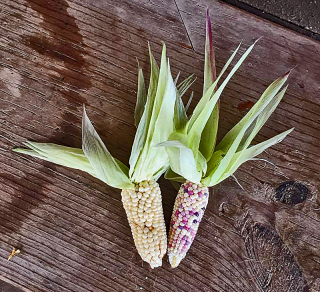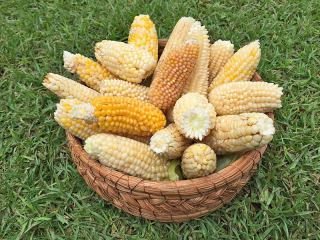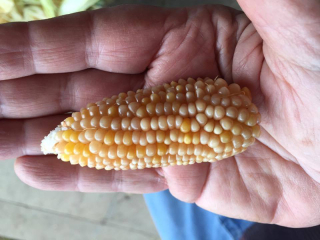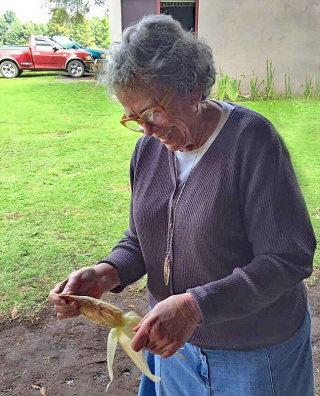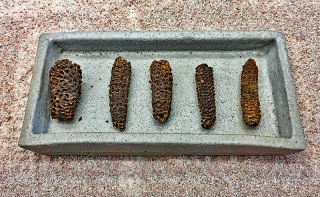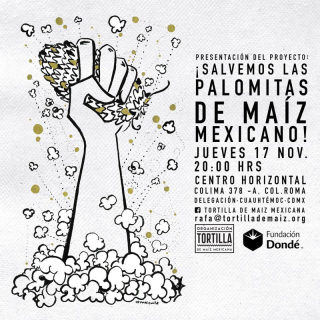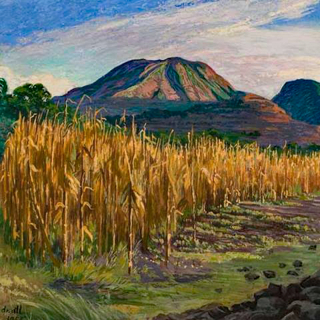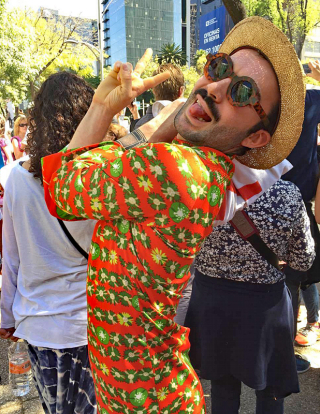
Like many of you, we started our year with the Women's March–in our case, at the United States Embassy in Mexico City. This delightful young man exemplified everyone's spirit of joy at spending an afternoon in solidarity with so many marchers from so many countries: Mexicans, US citizens, Canadians, Europeans from several nations, Asians, and more, all eagerly participated.
At the beginning of February, the Pacific Coast lured me away from home. Twenty years had passed since I had been to Baja California's wine country in the Valle de Guadalupe. Just the scenery was worth the trip–but oh!, the vineyards and the food were so exciting. My mind keeps drifting back there; I should have returned so much sooner.
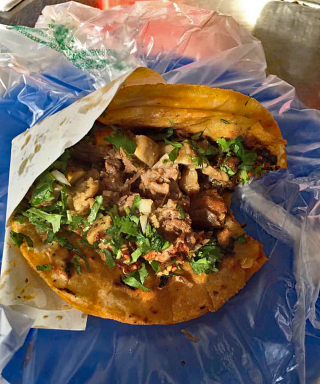
Yes, it's a taco–but what a taco! Have you ever tasted something that almost made your knees buckle, it was so delicious? That's this taco: shreds of birria de res (long-stewed beef) topped with tender, fried tripitas (beef intestines), all tucked into a folded, chile-drenched and toasted two-tortilla package and topped with cilantro and minced onions. Add either salsa roja (red) or salsa verde (green) and get ready for an OMG moment. You can get these at Tacos Fitos, at one side of Mercado Hidalgo, Tijuana. A big shout-out to Fernando Gaxiola of Baja Wine + Food for everything you did!
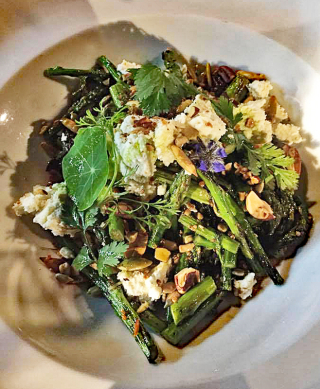
To finish our two-day February tour in Valle de Guadalupe, we ate our farewell dinner at the impeccable TrasLomita Comedor Campestre. The beautiful setting outdoors under the trees, the wonderful owners and staff, and the really marvelous meal made our evening perfect. Above, a salad of grilled asparagus, seasonal greens, a variety of seeds, and ricotta cheese–all dressed with epazote oil. Two of us split the salad, but either of us could have eaten the whole thing!
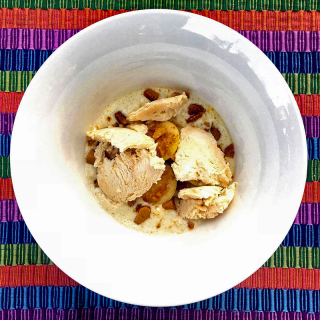
One of the several desserts on the menu when Mexico Cooks! was at TrasLomita: arroz con leche (Mexican rice pudding) with tweaks by Sheyla Alvarado, the incredibly talented young chef. The base is traditional arroz con leche, which is served with conserve of fresh guavas, honey, nuts, and house-made ice cream. Photo courtesy Fernando Gaxiola of Baja Wine + Food.
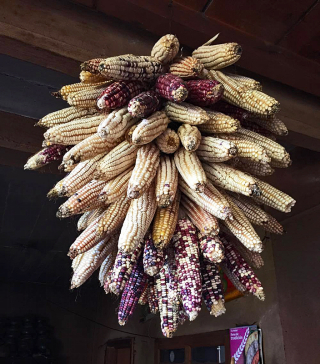
In late February, Mexico Cooks! took a tour group to Morelia and neighboring towns in Michoacán. One of our stops was in Santa Fe de la Laguna, at the taller (workshop) of grand master potter Nicolás Fabián Fermín and his wife, María del Rosario Lucas, a potter in her own right and one of Michoacán's well-known cocineras tradicionales (traditional home cooks). This large bunch of mazorcas (ears of native corns) was drying, hanging from the ceiling beams.
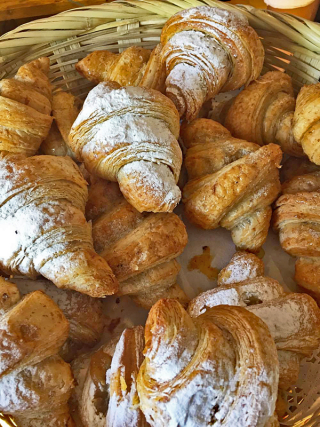
In Morelia for several days after the tour, Mexico Cooks! took an old friend to Origo, Panadería de Origen (Bakery of Origin), at Boulevard García de León 936. This delightful new bakery is owned by Pietro Lembo Islas and his wife, Marie Lembo. The Lembos's idea is to work to take food back to its simpler, local origins, in addition to hiring and training local people to work in the restaurant and bakery. When I was there in early March, Pietro told me that they currently employed 30 people from Morelia.
Panadería Origo's beautiful flour mill, where they grind flour for bread and pastries. Pietro Lembo demonstrated the mill and the various processes that achieve the texture needed for baking the delicious products that come from Origo's ovens.
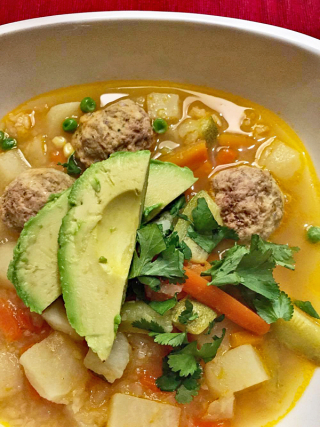
Delicious (if I do say so myself) and simple home-made albóndigas (meat balls) in caldo (broth). If you want to make these traditional Mexican meatballs in your own kitchen, the recipe is in the link.
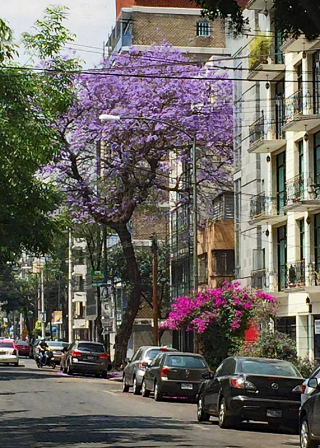
Mexico City springtime color! The purple is jacaranda, the deep fuchsia is bougainvillea. Late March, April, and May are the hottest months in central Mexico; temperatures can be has high as 90º Fahrenheit during the afternoons. Even though the temperature is very warm at midday, morning, evening, and nighttime are cool (in the low 50s)–and the humidity is extremely low. By mid-to-late May, the rainy season starts and the weather cools off even during the afternoons. It rarely if ever rains for more than an hour or so on any day!
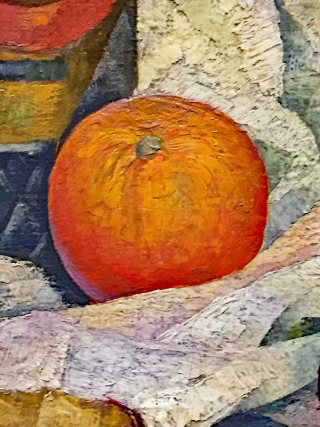
In early April, a visiting friend was eager to see the exhibition "Pinta la Revolución" (Paint the Revolution) at Mexico City's Palacio de Bellas Artes (Fine Arts Palace). The exhibition, which will be on display until May 7, 2017, includes paintings, sculptures, and photographs dating from the early 1900s to about the 1950s; the works come from museums both inside and outside Mexico as well as from private collections. Artists range from Diego Rivera, Frida Kahlo, and other top Mexican painters to Tina Modotti and Paul Strand, foreigner photographers who were profoundly affected by their lives in Mexico. The photo above is a detail of a Diego Rivera painting called Naturaleza Muerta con Botella de Anís (Still Life with a Bottle of Anise Liqueur), painted in 1918.
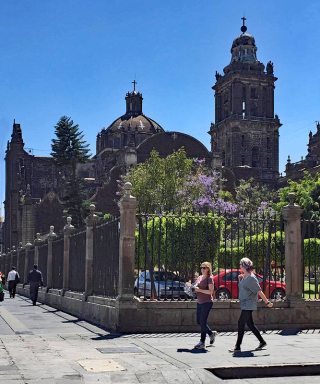
Our glorious springtime blue sky. You're looking at the back of the late 16th century Metropolitan Cathedral, in the heart of Mexico City's Centro Histórico (historic center).
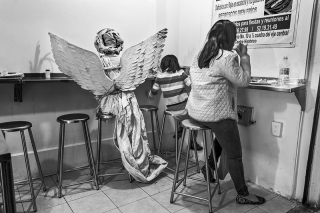
My out-of-town friend and I also went to see Callegrafía, a photography exhibit at the Museo del Archivo de la Fotografía (Photography Files Archive Museum) at Calle República de Guatemala 34, just opposite the entrance to the Templo Mayor. The photographer, Keith Dannemiller, photographs almost exclusively in black and white; his specialty is Mexico City's downtown street scene and his gift for seeing what most of us miss is uncanny. Above, a Mexico City diner. Even angels need sustenance. The exhibit will close in mid-June; here's a preview: Callegrafía.
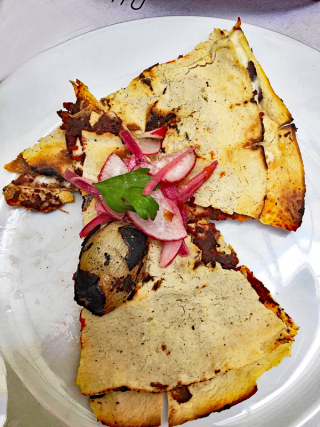
Tlayuda (a Oaxaca-style thin, crisp corn tortilla, folded over asiento (a smear of lard), refried black beans, chorizo, and cheese. April 2017, at Restaurante Pasillo de Humo, Av. Nuevo León 107 (upstairs). The restaurant is far and away the best Oaxacan food in Mexico City.
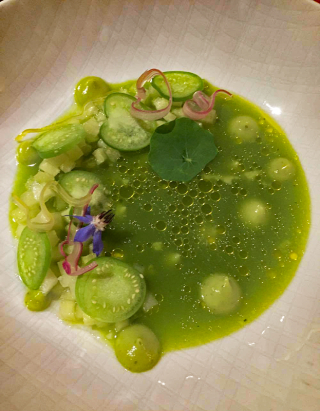
On the spring menu at Restaurante Pehua (the name means 'beginnings' in Náhuatl), an appetizer called 'Monocromatismo' (monochromatic). The dish is composed of finely minced green chayote and green apple, a light agua (in this case, a cool broth) of tomatillos, and swiss chard. Neither my supper comp
anion nor I wanted a full meal; this and another shared dish or two were just right for us. Monocromatismo was both stimulating and refreshing, truly delicious. Chef and co-owner Lezli Ramos Fabiel, formerly of Restaurante Quintonil, surely has a winner on her hands at Pehua.
Looking for a tailored-to-your-interests specialized tour in Mexico? Click here: Tours.


